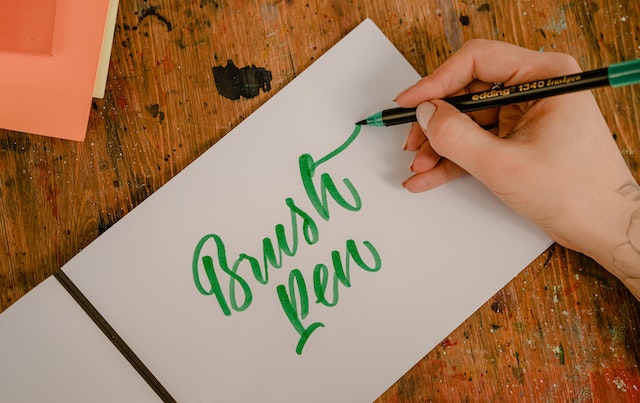
In the modern digital age, where visual communication plays a pivotal role in capturing attention and conveying messages, font designers have emerged as unsung heroes of the design world. These talented individuals craft the typefaces that define brands, enhance readability, and evoke emotions.
If you have a passion for typography and a keen eye for design, venturing into the realm of font design could be a fulfilling and lucrative journey. Let’s take a closer look at the steps you can take to achieve success as a font designer.
Understanding the Role of a Font Designer
Before diving into the intricacies of font design, it’s essential to comprehend the role you will be undertaking. Font designers are responsible for creating typefaces that align with specific design aesthetics and purposes. These typefaces can be used in various mediums such as print, web, mobile applications, and more. A font designer’s work goes beyond simply crafting letters; they consider factors like legibility, consistency, and the emotional resonance of the font.
Steps to Success in Font Design
1. Learn the Basics of Typography:
Begin by building a strong foundation in typography. Understand the anatomy of letterforms, the history of type, and the principles of type design. Resources like books, online courses, and workshops can help you acquire these fundamentals.
2. Develop Design Skills:
A font designer should possess strong design skills. Study graphic design principles, colour theory, and layout aesthetics. Familiarize yourself with design software such as Adobe Illustrator, Glyphs, or FontLab.
3. Explore Different Styles:
Experiment with various styles of fonts, from serif to sans-serif, script, display, and more. Each style carries unique characteristics and can evoke different emotions. Developing a versatile skill set will make you more adaptable to different design projects.
4. Create Your First Fonts:
Start by designing a few original fonts. Focus on creating a balanced and coherent set of characters, including uppercase and lowercase letters, numerals, punctuation, and special characters. Use your creativity to give your fonts a distinctive touch.
5. Understand Kerning and Spacing:
Proper spacing between characters (kerning) and within words (tracking) is crucial for legibility and aesthetics. Study kerning techniques and apply them meticulously to your font designs.
6. Consider Readability:
While artistic expression is important, readability should never be compromised. Design fonts that are easy to read across different mediums and sizes.
7. Test Extensively:
Test your fonts in various contexts – from print to digital screens – to ensure they perform well under different conditions. Adjustments might be needed to optimize legibility and aesthetics.
8. Get Feedback:
Share your font designs with fellow designers, mentors, or online communities to gather constructive feedback. Critiques can provide fresh perspectives and help you refine your work.
9. Refine and Iterate:
Design is an iterative process. Continuously refine and improve your fonts based on feedback and your own critical analysis. Strive for perfection while staying open to new ideas.
10. Build a Portfolio:
As you create more fonts, build a comprehensive portfolio showcasing your diverse skills and design aesthetics. A well-curated portfolio is your calling card when seeking clients or job opportunities.
11. Market Yourself:
Establish an online presence through a professional website, social media, and design platforms. Engage with the design community and potential clients to create networking opportunities.
12. Collaborate and Learn:
Collaborate with other designers and professionals in related fields. Learn from their experiences, share insights, and stay updated on industry trends.
13. Consider Formal Education:
While not mandatory, pursuing formal education in design, typography, or graphic arts can provide you with structured learning and a deeper understanding of the field.
Embracing the Font Designer’s Journey
Becoming a successful font designer is a journey that requires dedication, passion, and continuous learning. It’s a blend of artistic expression and technical finesse, where your creations have the power to shape the visual landscape of communication. As you embark on this creative endeavor, remember that success is a culmination of hard work, persistence, and the unwavering pursuit of excellence in the art of typography.


